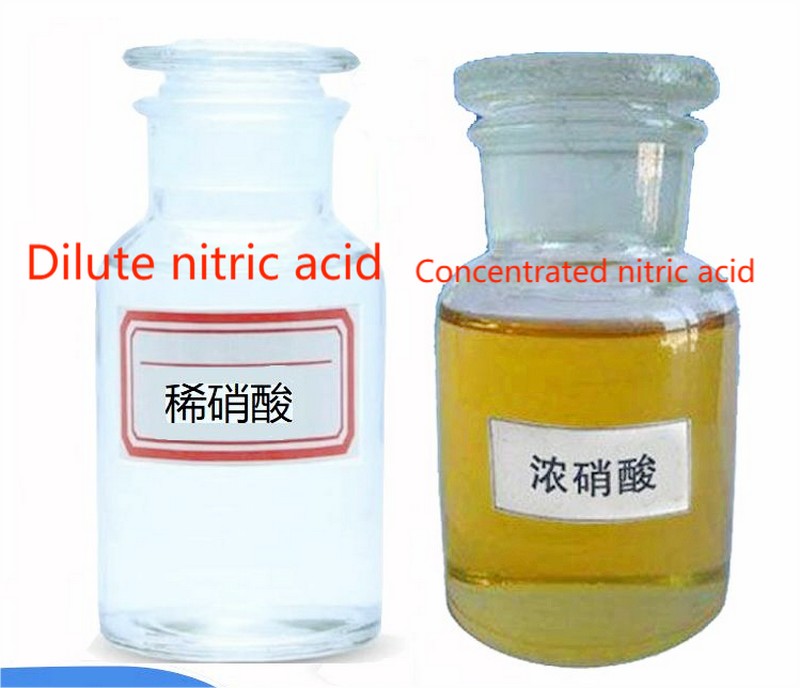Uses Of Nitric Acid
Uses of nitric acid:
1: Fertilizer
The main industrial use of nitric acid is in the production of fertilizer. When combined with ammonia, nitric acid is a good fertilizer as ammonium nitrate. Another artificial fertilizer is calcium nitrate. These fertilizers are used on farms all over the country.
2. Explosives
Nitric acid is used to make many different types of explosives, such as nitroglycerin and trinitroglycerin (TNT). These are military grade, for national defense.
3: Adhesive
Nitric acid is a common ingredient in adhesives used in food packaging and cardboard.
4: Medicinal
Pure nitric acid is corrosive and can be used to remove warts and boils. When diluted, it can be used to treat indigestio.
5. Purify the metal
Nitric acid can be used to purify and clean precious metals such as platinum, gold and silver. It combines with hydrochloric acid to form aqua regia, which can even dissolve gold and platinum. Precious metals are usually purified by jewelers. It can also be used to corrode metal surfaces, remove oxidation layers, clean metal materials and prepare metal salts. It can also be used to evaluate the corrosion resistance of metal materials, study corrosion mechanisms and develop anti-corrosion coatings.
6. Dye intermediates
When nitric acid is processed into calcium ammonium nitrate, manufacturers can use it to process many commercial dyes.
7 Carve
When nitric acid is used in combination with alcohol, it can be used to etch designs on various metals such as copper, bronze and brass. These are often used for home decor.
8. Drug testing
Nitric acid can be used in colorimetric tests to detect the difference between heroin and morphine. It is also important in field tests that can identify LSD.
9. Furniture paint
Nitric acid is the main component of furniture varnish. When colored pigments are added to it, it is usually used as paint. It can even give pine and maple the artificial appearance of aging.
10. Laboratory use
Nitric acid is a key chemical for laboratory operations. It is a pH buffer, cleaner and preservative for water samples requiring metal analysis.
